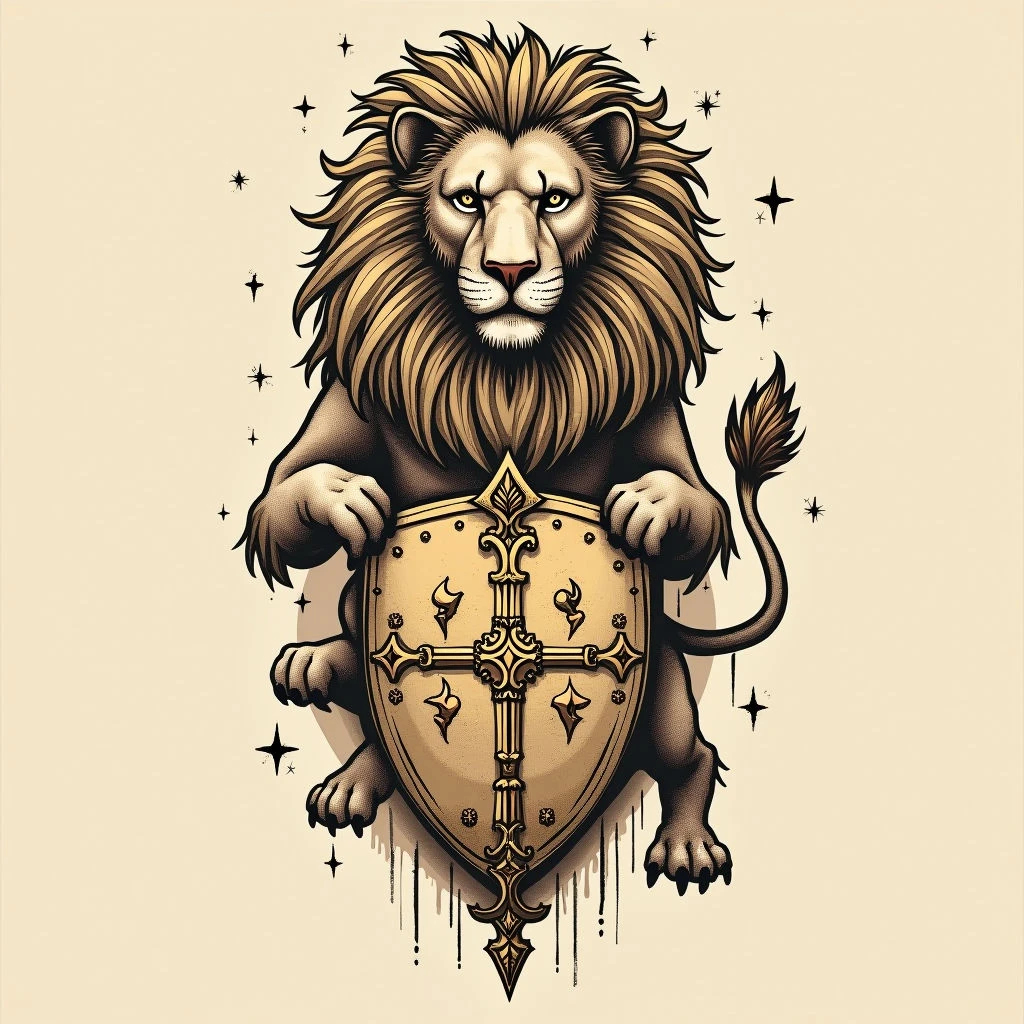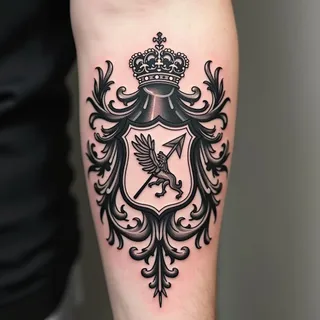Crafting an Illuminated Tattoo: A Guide to Medieval Artistry
I. Concept & Symbolism
Before ink touches skin, ponder the meaning. Medieval art thrived on symbolism; every element conveyed deeper truths. A lion might represent courage, a rose, divine love, or an intricate knotwork pattern, eternity. Research heraldic symbols and bestiaries to imbue your design with resonance.
II. Style & Composition
Consider the aesthetic. Would you favor the crisp lines of Gothic architecture, the vibrant hues of Romanesque frescoes, or the delicate details of a Carolingian manuscript? Composition is key – balance elements, guide the eye through the design, and create visual harmony.
III. Sketching & Refinement
Begin with rough sketches, exploring variations in layout and detail. A skilled scribe would meticulously draft their illumination before committing to vellum; so too should you refine your tattoo design until it embodies your vision.
IV. The Artist's Hand
Seek an artist who understands the historical context of your chosen style. A true craftsman will appreciate the subtleties of medieval art and ensure a faithful translation onto skin.


